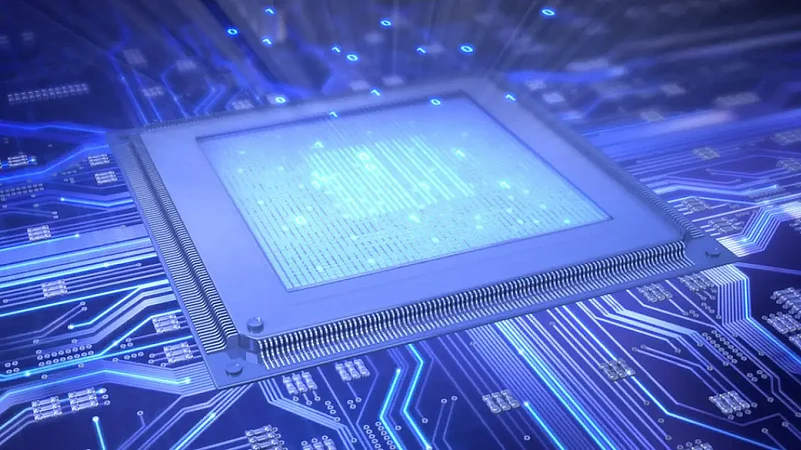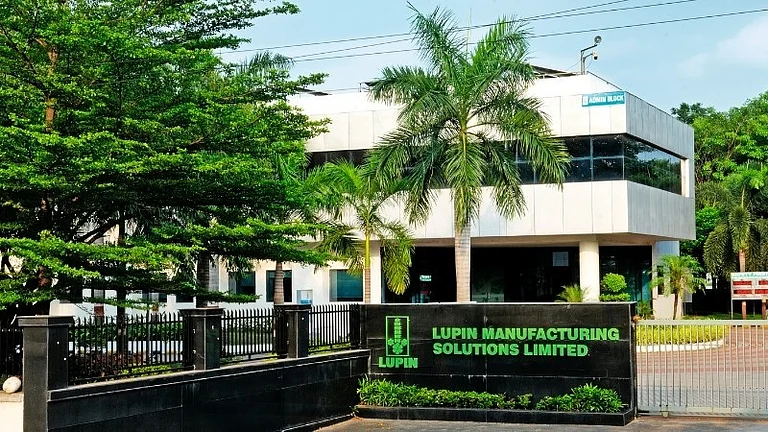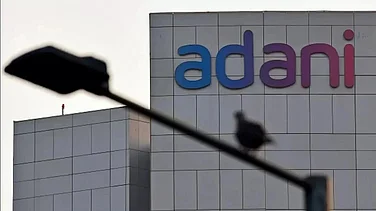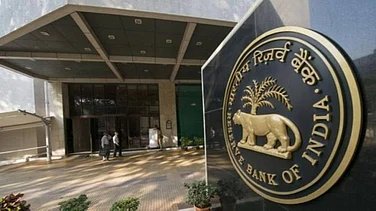“The auto sector is dramatically changing, and each day is a different day,” said Hemant Barge, Chief Purchase Officer, Tata Motors Passenger Vehicles Limited. Additionally, regulatory uncertainty is a key dominating area for the automobile industry, added Barge.
Barge was speaking at the S&P Global webinar named ‘India's Light Vehicle Production Outlook and Tata Motors' Supply Chain Resilience’ that was held today.
Highlighting the company’s growth, Barge said that since Covid-19, there has been 67 percent growth in Tata Motors Cars. ”While our passenger vehicle business was impacted as a result of the semiconductor shortage, prompt actions enabled us to manage the crisis better, and despite these challenges, we were able to grow our volumes by 67 per cent in FY22, against the industry average increase of 13 per cent,” the company said in a statement.
The semiconductor crisis from 2021–2023 had affected the company, and everyone came to a grinding halt, added Barge. The semiconductor industry faced a major disruption when numerous electronics suppliers abruptly canceled their orders due to a bleak economic forecast.
Chips are used everywhere, from electronics to automobiles, defense systems, and others. Eventually, Tata Motors overcame the crisis at a time when the entire world was struggling, claims the company.
“Given the early signs that the crisis was far from over, Tata Motors took decisive action by forming a dedicated, multidisciplinary cross-functional task force charged with devising and enacting strategies to mitigate risks in both the immediate and distant future,” wrote Jaykumar Chutar, VP Purchase and Supply Chain, Commercial Vehicles, and Hemant Barge, VP Purchase and Supply Chain, Passenger Vehicles, Tata Motors, in an article.
The company aimed to reduce the number of integrated circuits in their hardware by optimizing the features and functions. They combined and adjusted master sensor functions to create new, purpose-specific hardware from existing components.
Additionally, they focused on establishing direct strategic relationships with chip manufacturers and distributors, implemented parallel chip sourcing to build a buffer, and received support from distributors for alternative chips, according to Barge.
In February this year, Tata Electronics said that it is planning to build a mega semiconductor fabrication facility (“Fab”) in Dholera, Gujarat. So, will they now extensively focus on building indigenous chips amid the protectionism prevailing across the world? "Making a chip for automobiles is never a popular business. You'll rely on huge losses,” said Barge. It is more of a Tata Group decision and not a Tata Motor decision, he added.































